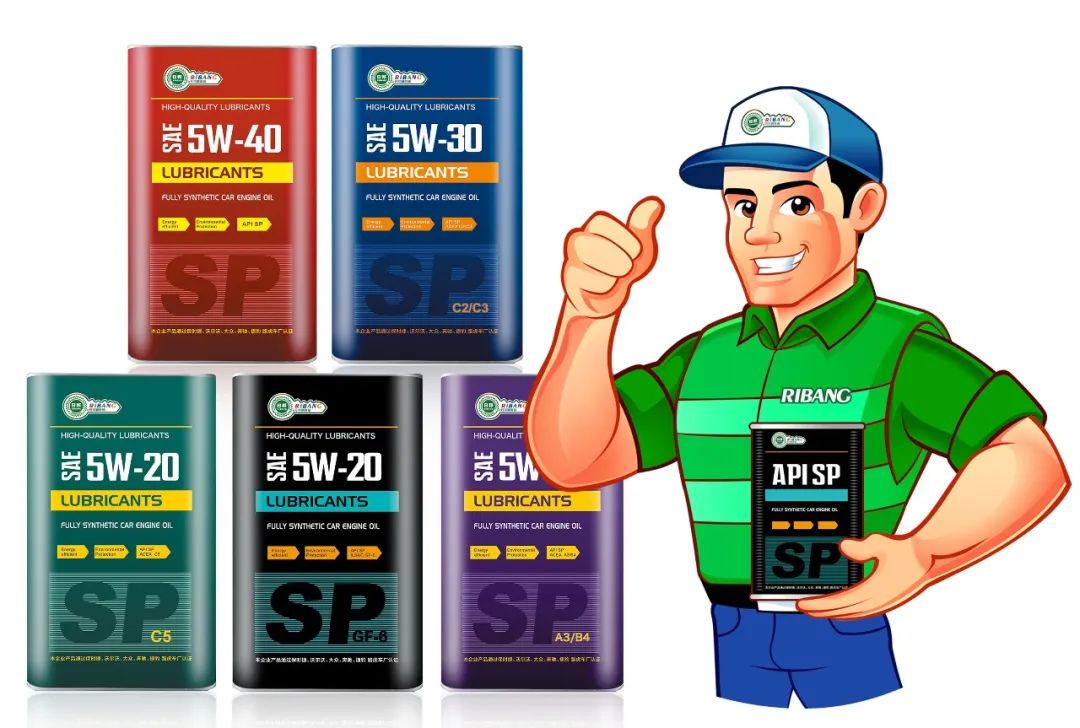- English
- 简体中文
- Esperanto
- Afrikaans
- Català
- שפה עברית
- Cymraeg
- Galego
- 繁体中文
- Latviešu
- icelandic
- ייִדיש
- беларускі
- Hrvatski
- Kreyòl ayisyen
- Shqiptar
- Malti
- lugha ya Kiswahili
- አማርኛ
- Bosanski
- Frysk
- ភាសាខ្មែរ
- ქართული
- ગુજરાતી
- Hausa
- Кыргыз тили
- ಕನ್ನಡ
- Corsa
- Kurdî
- മലയാളം
- Maori
- Монгол хэл
- Hmong
- IsiXhosa
- Zulu
- Punjabi
- پښتو
- Chichewa
- Samoa
- Sesotho
- සිංහල
- Gàidhlig
- Cebuano
- Somali
- Тоҷикӣ
- O'zbek
- Hawaiian
- سنڌي
- Shinra
- Հայերեն
- Igbo
- Sundanese
- Lëtzebuergesch
- Malagasy
- Yoruba
- Español
- Português
- русский
- Français
- 日本語
- Deutsch
- tiếng Việt
- Italiano
- Nederlands
- ภาษาไทย
- Polski
- 한국어
- Svenska
- magyar
- Malay
- বাংলা ভাষার
- Dansk
- Suomi
- हिन्दी
- Pilipino
- Türkçe
- Gaeilge
- العربية
- Indonesia
- Norsk
- تمل
- český
- ελληνικά
- український
- Javanese
- فارسی
- தமிழ்
- తెలుగు
- नेपाली
- Burmese
- български
- ລາວ
- Latine
- Қазақша
- Euskal
- Azərbaycan
- Slovenský jazyk
- Македонски
- Lietuvos
- Eesti Keel
- Română
- Slovenski
- मराठी
- Srpski језик
Main Properties of Grease
2024-08-21
Main Properties of Grease

Grease is a thick greasy semi-solid with good lubricity, plasticity and adhesion. It plays the role of lubrication and sealing; it also plays the role of gap filling and rust prevention. It is mainly made of mineral oil (or synthetic lubricant) and thickener.
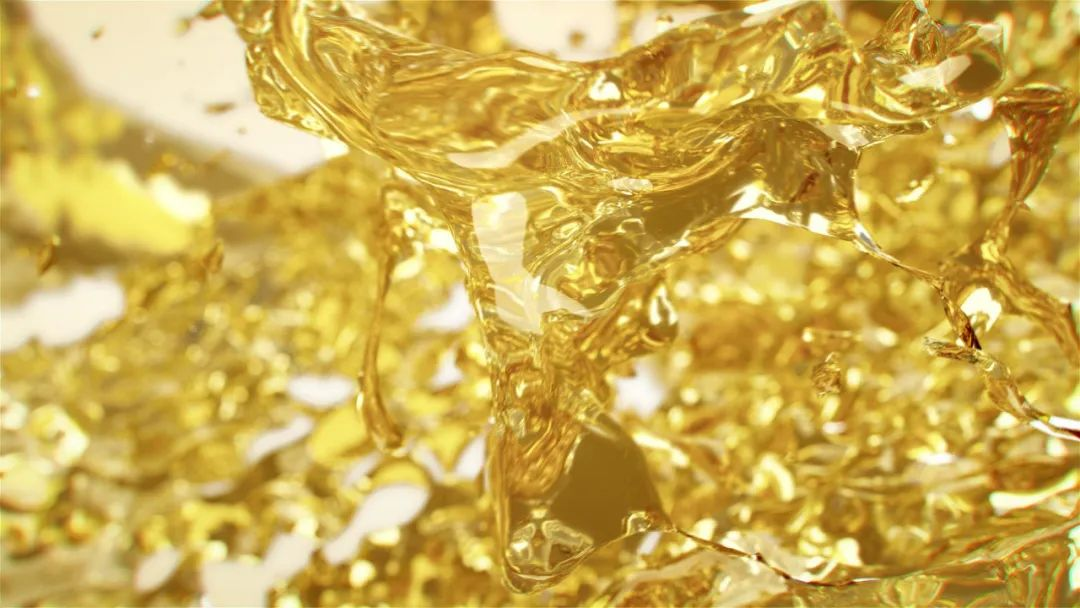
Grease taper. Grease taper, expressed in 1/10mm. Cone into the degree of reflection of the softness of the grease, when the friction parts in a stationary state, the grease can maintain its original shape, not by gravity and automatic loss, but also will not be in the vertical surface slippage and leakage from the gap at the drip out. It is one of the important indexes for selecting grease for equipment lubrication.
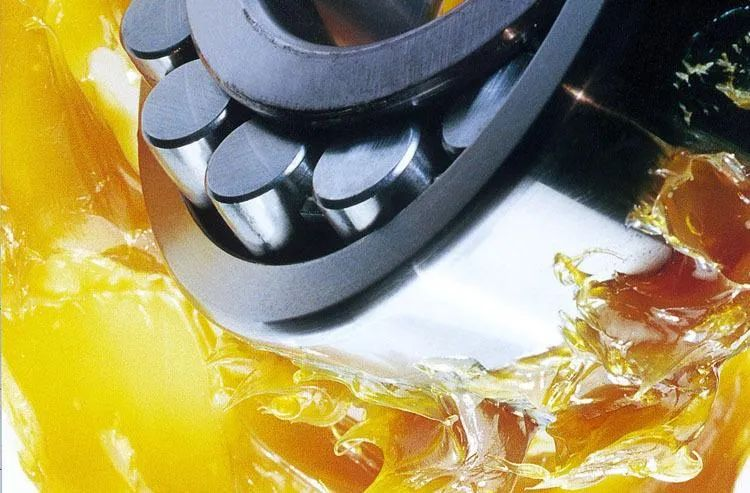
Drip point of grease. Dropping point is one of the indicators used to reflect the performance of grease in high temperature, but dropping point can't decide the use temperature of grease alone, the difference of antioxidant ability of different kinds of base oils, the oxidation catalytic effect of thickener types on base oils, and the selection of antioxidant additives are also the determinants of the use temperature of grease.

Low-temperature similar viscosity and low-temperature torque of grease. Low-temperature similar viscosity is used to reflect the low-temperature fluidity of the grease, which is an important index for the selection of low-temperature grease. At the same temperature, the smaller the viscosity value is, the better the low-temperature performance is. The lower the viscosity value, the better the low-temperature performance. The low-temperature torque is used to reflect the working ability of the grease in low temperature, the smaller the torque is, the better the low-temperature performance of the grease is.
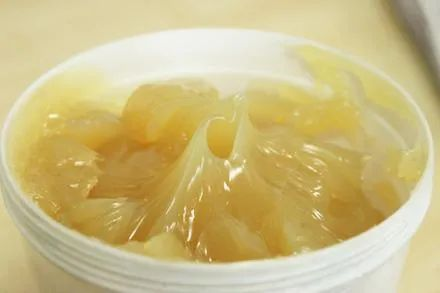
Oil separation of grease. Pressure oil separation is used to reflect the colloidal stability of grease under normal temperature condition; high temperature stencil oil separation is used to reflect the colloidal stability of grease under high temperature condition. Some studies show that poor colloidal stability of grease can lead to grease loss during operation, thus affecting the operating life of the bearing.
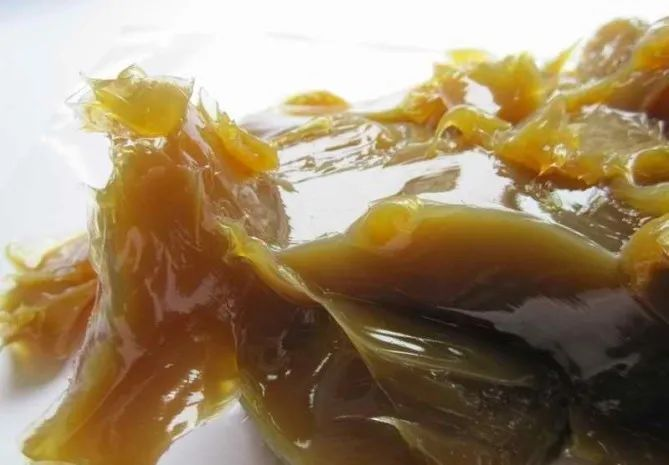
When the friction part is in motion, the grease will not be thrown out by centrifugal force like lubricating oil, and will not be splashed out from the poorly sealed parts. Some oil dripping or splashing phenomenon can be almost completely avoided, so as to ensure that the environment is not polluted or less polluted, but also to prevent contamination of the product. This is especially important for industries such as paper, textile and food.
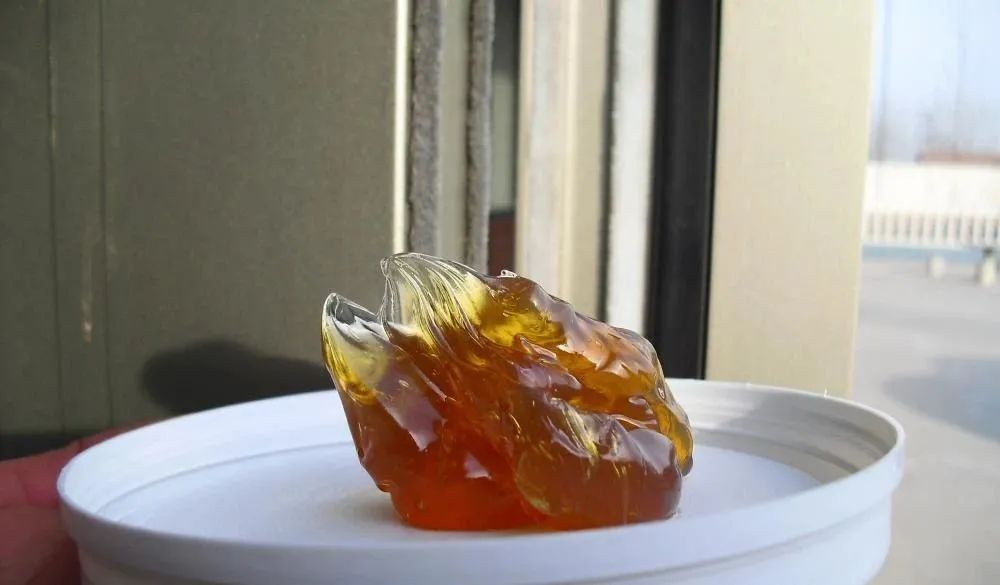
The operating temperature range of the grease is wider than that of the lubricant. For example, general lithium grease can be used in -20 ~ 120 ℃ temperature range, general calcium-based or sodium-based grease can also be used in -20 ~ 60 ℃ or -20 ~ 120 ℃. However, a certain grade of lubricant is used in a much narrower temperature range.

The adsorption capacity of grease on the metal surface is much larger than that of lubricant, and it can form a more solid oil film and withstand higher working loads, which is due to the fact that grease contains a large number of polar substances. In addition, it will be used as the base grease, when adding polar additives, the feeling is also better than lubr
